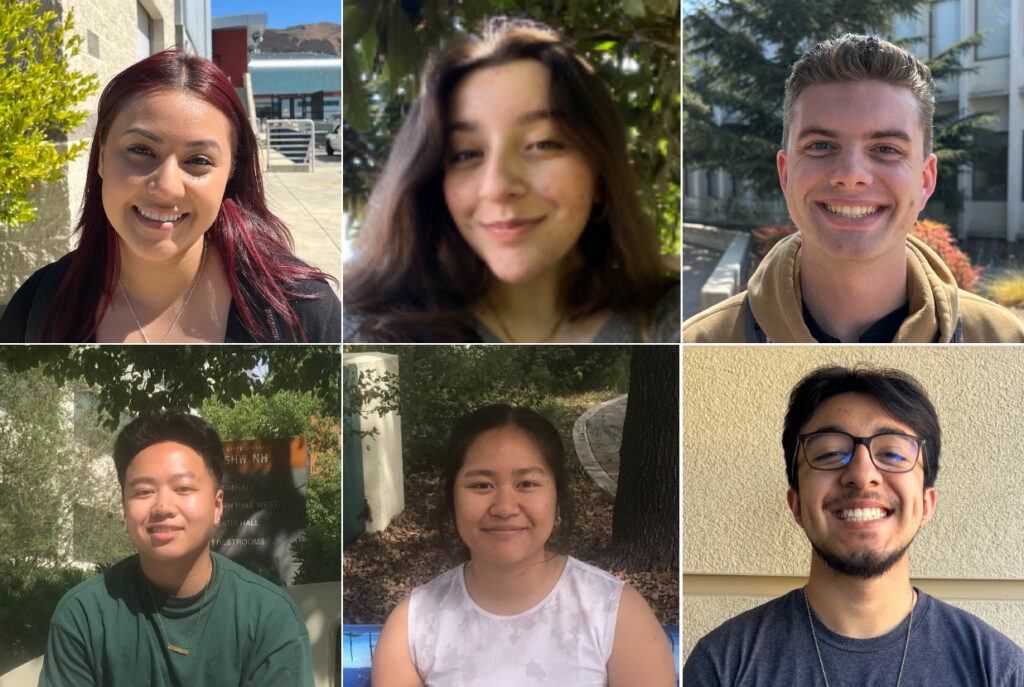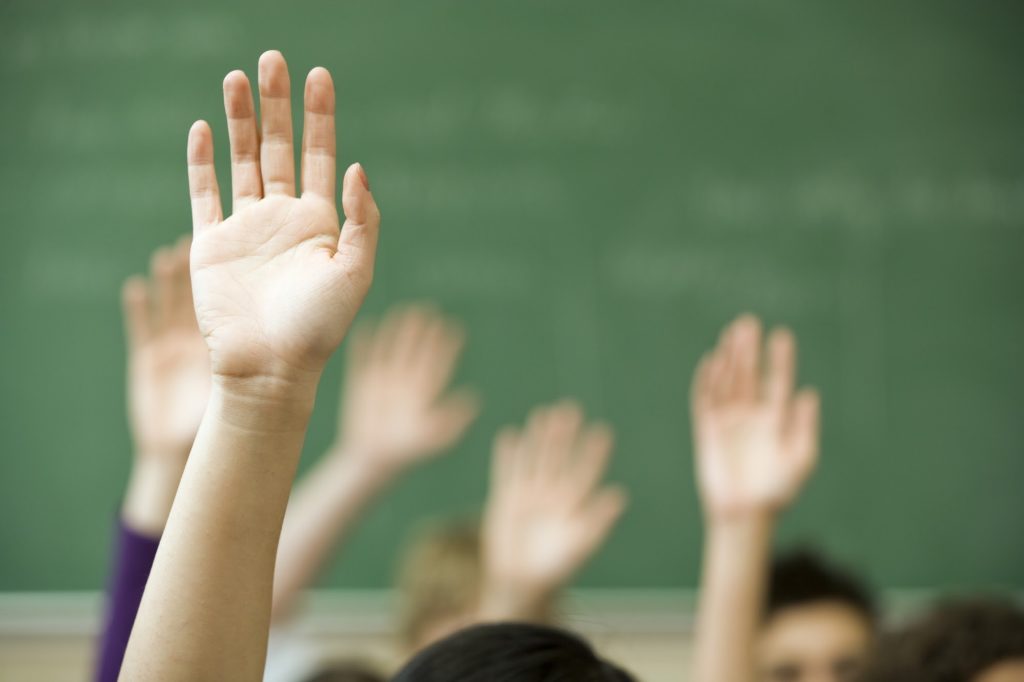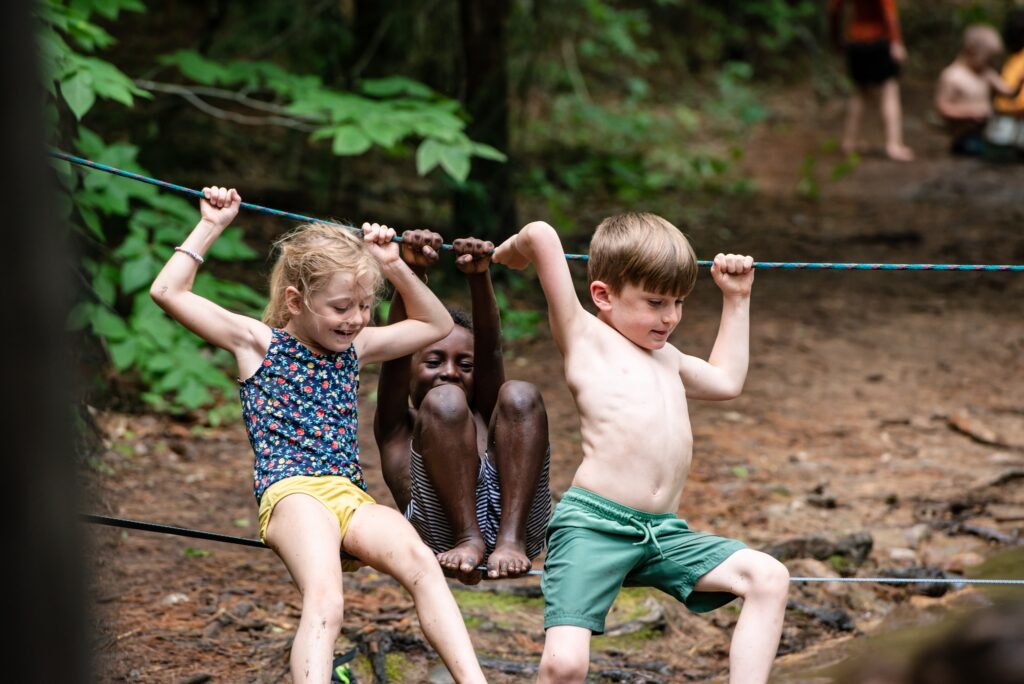Trump has a fragile ego in need of constant stroking. When he doesn’t get enough, he praises himself. Two posts appeared overnight that I recommend. One, by the esteemed Heather Cox Richardson, is posted here. The other, by Robert Hubbell, is well worth reading.
Heather Cox Richardson reviews yesterday’s bizarre summit at the White House, where European leaders tried to convince Trump to support a ceasefire in Ukraine. Trump favored a ceasefire until he met with Putin last Friday, then dropped the idea. Strangest of all, Trump abruptly left the meeting to have a 40-minute conversation with Putin. Our allies had no choice but to stand by until Trump finished his private chat with the Russian tyrant. Was he calling for instructions?
Someday historians might be able to explain Trump’s bizarre reliance on Putin.
She writes:
This morning, J.D. Wolf of Meidas News pulled together all of Trump’s self-congratulatory posts from Sunday morning, when the president evidently was boosting his ego after Friday’s disastrous meeting with Russia’s president Vladimir Putin in Alaska. Trump shared an AI-generated meme of himself with a large male lion standing next to him and the words “Peace through Strength. Anyone can make war, but only most courageous [sic] can make peace.” He posted memes claiming he is the “best president…in American history” and the “G[reatest] O[f] A[ll] T[ime], a “legend.”
Trump also reposted material from two QAnon-related accounts and pushed the QAnon belief that the Democratic Party is “the party of hate, evil, and Satan.” Trump has faced a rebellion among his QAnon supporters as he and administration officials have refused to release information from the federal investigation into convicted sex offender Jeffrey Epstein and have moved Epstein’s associate Ghislaine Maxwell, convicted of sex trafficking children, to a minimum-security prison camp and given her work-release privileges. It appears he’s working to make QAnon supporters forget that he was named in those files and to lure them back to his support.
For their part, Russia Today trolled Trump’s “peace through strength” boast this morning by posting a video of an armored vehicle first going slowly on a road and then dramatically speeding up. The vehicle was flying both Russian and U.S. flags.
Trump’s social media account this morning posted a long screed saying the president is “going to lead a movement to get rid of” mail-in ballots and voting machines, and lying that the U.S. is the only country that uses mail-in voting because it is rife with fraud. As usual, the post claimed that Democrats “CHEAT AT LEVELS NEVER SEEN BEFORE” and claimed they “are virtually Unelectable without using this completely disproven Mail-In SCAM.” The post said he would sign an executive order “to help bring HONESTY to the 2026 Midterm Elections.”
Then the post claimed that “the States are merely an ‘agent’ for the Federal Government in counting and tabulating the votes. They must do what the Federal Government, as represented by the President of the United States, tells them, FOR THE GOOD OF OUR COUNTRY, to do.”
This is bonkers across the board. Dozens of countries use mail-in voting, and there is zero evidence of widespread voter fraud in the U.S. Just today, news broke that right-wing channel Newsmax will pay $67 million to Dominion Voting Systems for spreading false claims that the company’s voting technology had been rigged to give the 2020 presidential election to Democrat Joe Biden.
Combining that sum with the $787 million Fox News paid for spreading the same lies means, as Representative Jamie Raskin (D-MD) wrote today, that media entities have paid out nearly $900 million “for publishing lies about the 2020 presidential election. Yet Donald Trump, who lost by more than seven million votes, keeps repeating the Big Lie and makes it compulsory dogma for his employees.”
Certainly, if Democratic leaders were so unelectable, the Republicans would not go to such lengths to rig district voting maps and keep Democratic voters from the polls. Indeed, while voter fraud is vanishingly rare, the Republicans are using the specter of it to engage in election fraud: manipulating the mechanics of an election to favor one side over another.
This manipulation is happening dramatically right now in Texas, where Trump pressured Governor Greg Abbott to redistrict the state in a highly unusual mid-decade map change in order to set Republicans up to gain five more seats in Congress in the next election. Abbott dutifully called a special session of the legislature to change the maps. Texas Democrats tried to stop the redistricting by leaving the state to deprive the Republicans of a quorum, that is, the minimum number of lawmakers necessary to conduct business. They stayed away until the special session expired. Abbott immediately called another one.
Today, with it clear Abbott would simply call special sessions until they returned, the Democratic legislators went back to Texas fifteen days after they left. “We killed the corrupt special session, withstood unprecedented surveillance and intimidation, and rallied Democrats nationwide to join this existential fight for fair representation—reshaping the entire 2026 landscape,” said the leader of the Texas House Democrats Gene Wu, acknowledging the protests across Texas at the legislative steal. “We’re returning to Texas more dangerous to Republicans’ plans than when we left. Our return allows us to build the legal record necessary to defeat this racist map in court, take our message to communities across the state and country, and inspire legislators across the country how to fight these undemocratic redistricting schemes in their own statehouses.”
Finally, the U.S. Constitution is very clear that no president has the power to dictate election rules. The framers were determined to prevent that power from falling into the hands of a potential dictator and so gave it to the states and Congress, establishing that “[t]he Times, Places and Manner of holding Elections for Senators and Representatives, shall be prescribed in each State by the Legislature thereof; but the Congress may at any time by Law make or alter such Regulations, except as to the Places of chusing Senators.”
These obvious lies make it seem crystal clear that Trump and his loyalists are preparing to reject any election results that they don’t like.
Trump’s panic about facing voters is increasingly evident. His job approval ratings are already abysmal, and the fallout from his tariffs and deportations is only now beginning to show. Last Thursday, a report from the Bureau of Labor Statistics showed that the Producer Price Index—wholesale costs that will likely show up later in consumer costs—jumped 0.9% in July, the largest jump since June 2022, when the U.S. was mired in post-pandemic inflation. The wholesale price of vegetables jumped 38.9% in July.
On Friday, the nonpartisan Congressional Budget Office (CBO) reported that the budget reconciliation bill (called by Republicans the OBBBA, for “One Big, Beautiful Bill Act”) that adds $3.4 trillion to the federal deficit over the next decade will trigger cuts of up to $491 billion in Medicare (not a typo) from 2027 to 2034 in addition to its cuts of almost a trillion dollars to Medicaid over the next ten years. The 2010 Statutory Pay-As-You-Go Act (S-PAYGO) automatically triggers cuts to government programs if the budget deficit increases as it is expected to under the new law, and Medicare spending would be on the chopping block.
Although Democrats called attention to this threat to Medicare during debates over the measure, Republicans promised their cuts to Medicaid would target only “waste, fraud, and abuse” and promised they would not touch Medicare.
Today Marty Schladen of the Ohio Capital Journal showed what those cuts actually look like in one state. Schladen reported that the cuts to Medicaid will take insurance from 310,000 people. Schladen also noted that the law ended the “enhanced premium tax credit” that made health insurance purchased on the Affordable Care Act’s insurance markets more affordable for those who make between 100% and 400% of federal poverty guidelines. More than 530,000 people in Ohio have benefited from the program. Their premiums will go up dramatically when it expires at the end of this year, and experts warn that more than 100,000 healthier people will drop their coverage. That loss, in turn, will drive up costs for those remaining in the market.
Scott Horsley of NPR reported on Saturday that electricity prices in the country have “jumped more than twice as fast as the overall cost of living in the last year.” Prices are going up as producers export liquid natural gas and as data centers swallow energy to fuel the AI boom.
Elected on his promises to lower prices, Trump is in trouble with those who believed those promises. Today, former Ohio senator Sherrod Brown, a Democrat, formally announced his candidacy for the Senate seat vacated when J.D. Vance became vice president. Brown noted that in Ohio, which has a population of about 12 million people, “half a million are going to lose their [health] insurance. These are mostly working families that are working for an employer that doesn’t provide insurance, or they’re kids, or they’re seniors, or they’re disabled people. Those are the people who are losing their health insurance. People didn’t vote for that. They didn’t vote for drug prices to go up. They didn’t vote for higher grocery bills. They didn’t vote for veterans’ benefits being slashed. They didn’t vote for any of this.”
On Thursday, the Pew Research Center reported that only 38% of Americans approve of Trump’s job performance, with 61% disapproving of it.
And then there is the increasing evidence that Trump is unable to manage the presidency. Today Trump met with Ukraine’s president Volodymyr Zelensky, European Commission president Ursula von der Leyen, French president Emmanuel Macron, Italian prime minister Giorgia Meloni, German chancellor Friedrich Merz, NATO secretary general Mark Rutte, United Kingdom prime minister Keir Starmer, and Finnish president Alexander Stubb. That so many foreign leaders dropped everything to rush to Washington, D.C., after Trump’s meeting with Putin on Friday indicated their alarm. The leaders reiterated that Putin started the war and could stop it at any time, and pressed Trump to back a ceasefire.
At today’s meetings, Trump repeated Russian talking points, complained about how poorly he is treated, said he had ended six wars, insisted that voting in the U.S. is full of fraud, and suggested he would cancel the 2028 elections. By the late afternoon, the president was unable to recognize President Stubb, who was sitting directly across the table from him. “President Stubb of Finland,” Trump said. Looking around, Trump continued: “And he’s uh, he’s somebody that, where are we here? Huh? Where? Where?” Stubb said, “I’m right here.” Trump focused on him and answered: “Oh. You look better than I’ve ever seen you look.”
This evening, CNN senior White House correspondent Kristen Holmes reported that Trump paused his negotiation with European leaders to call Vladimir Putin. Her source said that European leaders were not present for the conversation. Ivan Nechepurenko of the New York Times reported that the call was forty minutes long.







